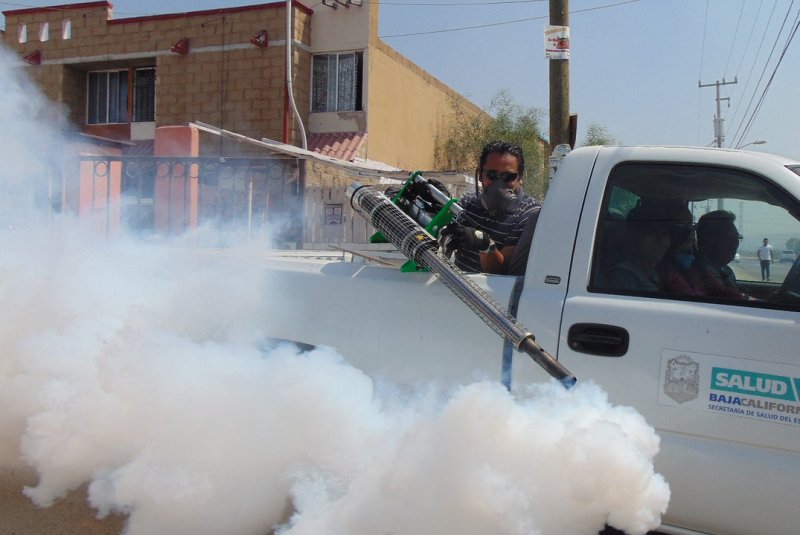Andrew Paul
Thu, May 12, 2022,

No, not this. The actual image is a lot less...obvious.
We’ve seen a lot of marketing gimmicks in our time covering all things pop culture, but we gotta say—you’re wild for this one, NASA. Presumably to get everyone even more hyped for society’s looming self-immolation, astronomers have just released humanity’s first ever glimpse at the incomprehensible terror that is the supermassive black hole around which the entirety of our Milky Way galaxy orbits. Get hyped, y’all!
Hot damn! Just look at that thing... well, not so much “look” at it, since the black hole dubbed Sagittarius A* isn’t technically visible to our pathetic human eyes, seeing as how not even light itself escapes the celestial phenomenon’s cruel grip. But look at its low-res effects on the universe around it!
“Light escaping from the hot gas swirling around the black hole appears to us as the bright ring,” professor of astrophysics Feryal Özel told NBC News this morning, going on to explain,“Light that is too close to the black hole—close enough to be swallowed by it—eventually crosses its horizon and leaves behind just the dark void in the center.” A bit on the nose, Prof. Özel, but you’ll get no argument from us.
According to researchers’ estimates, Sagittarius A* is located approximately 27,000 lightyears away from Earth, and is about 4 million times more massive than our own Sun. The news was first revealed earlier today in a special edition of The Astrophysical Journal Letters, and is actually only the second actual image of a black hole ever taken.
What’s more, this is apparently the first visual confirmation that it is indeed a black hole that lies in the center of our galaxy. Although this theory has been widely accepted for some time, the new image provides incontrovertible evidence to support it. Great job, everyone involved. We’ll do our best to enjoy this before life imitates the art you provided us today.
Send Great Job, Internet tips to gji@theonion.com
We’ve seen a lot of marketing gimmicks in our time covering all things pop culture, but we gotta say—you’re wild for this one, NASA. Presumably to get everyone even more hyped for society’s looming self-immolation, astronomers have just released humanity’s first ever glimpse at the incomprehensible terror that is the supermassive black hole around which the entirety of our Milky Way galaxy orbits. Get hyped, y’all!
Hot damn! Just look at that thing... well, not so much “look” at it, since the black hole dubbed Sagittarius A* isn’t technically visible to our pathetic human eyes, seeing as how not even light itself escapes the celestial phenomenon’s cruel grip. But look at its low-res effects on the universe around it!
“Light escaping from the hot gas swirling around the black hole appears to us as the bright ring,” professor of astrophysics Feryal Özel told NBC News this morning, going on to explain,“Light that is too close to the black hole—close enough to be swallowed by it—eventually crosses its horizon and leaves behind just the dark void in the center.” A bit on the nose, Prof. Özel, but you’ll get no argument from us.
According to researchers’ estimates, Sagittarius A* is located approximately 27,000 lightyears away from Earth, and is about 4 million times more massive than our own Sun. The news was first revealed earlier today in a special edition of The Astrophysical Journal Letters, and is actually only the second actual image of a black hole ever taken.
What’s more, this is apparently the first visual confirmation that it is indeed a black hole that lies in the center of our galaxy. Although this theory has been widely accepted for some time, the new image provides incontrovertible evidence to support it. Great job, everyone involved. We’ll do our best to enjoy this before life imitates the art you provided us today.
Send Great Job, Internet tips to gji@theonion.com











